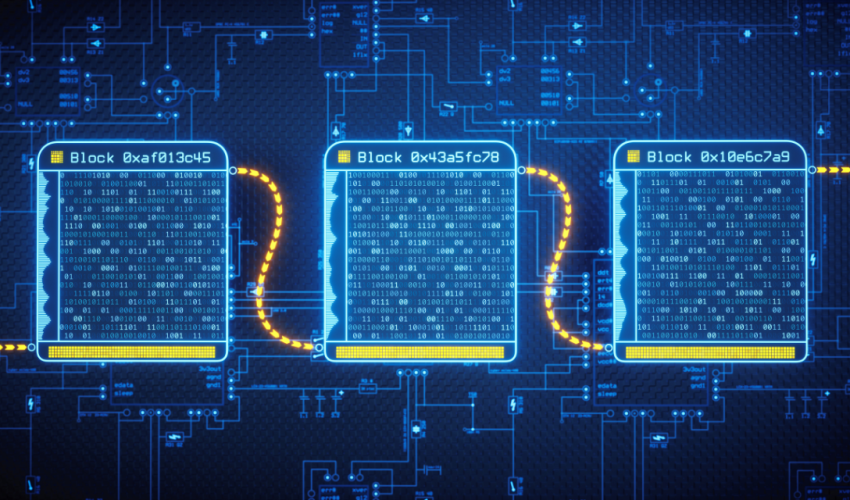Executive Summary
This document explores the implications of advancements in Artificial Intelligence (AI), specifically an AI system that integrates a Large Language Model (LLM) trained on mathematics with Q-learning and reinforcement learning techniques, and Quantum Computing on the security of cryptographic systems underpinning cryptocurrencies. It presents a revised outlook on how these technologies could accelerate the timeline for both potential threats to cryptographic security and advancements in countermeasures.
Introduction
Cryptocurrencies depend on cryptographic algorithms for security. However, rapid advancements in AI and quantum computing pose potential risks to these cryptographic foundations. This document updates previous assessments to consider an AI that combines an LLM with Q-learning and reinforcement learning, offering a more nuanced understanding of future challenges and opportunities.
Current Cryptographic Foundations
- Bitcoin and Ethereum use SHA-256 and Keccak hashing algorithms, respectively, which are secure against today’s computational capabilities.
Advancements in AI: LLM + Q-Learning and Reinforcement Learning
Enhanced Capabilities
- Problem-Solving and Optimization: Combining an LLM trained on mathematics with Q-learning and reinforcement learning allows for unprecedented problem-solving capabilities, potentially identifying new vulnerabilities in cryptographic algorithms and optimizing quantum computing algorithms.
Impact Scenarios
- Rapid Vulnerability Discovery: This AI could drastically reduce the time required to discover cryptographic vulnerabilities, necessitating quicker responses to secure digital assets.
- Optimization of Cryptographic and Quantum Algorithms: By refining algorithms, the AI may shorten the development timeline for quantum computers capable of breaking encryption and aid in developing more robust, quantum-resistant cryptographic methods.
Advancements in Quantum Computing
Accelerated Development and Efficiency
- The AI’s optimization capabilities could lead to faster development of quantum computers and more efficient quantum algorithms, posing a sooner-than-expected threat to cryptographic security.
Impact Scenarios
- Enhanced Quantum Attacks: Quantum computing, optimized by AI, could feasibly attack cryptographic systems earlier than anticipated.
- Rapid Development of Quantum-Resistant Cryptography: The threat posed by AI-optimized quantum computing could hasten the adoption of quantum-resistant cryptographic algorithms.
Combined Impact of AI and Quantum Computing
Synergistic Threats and Opportunities
- The integration of an LLM with reinforcement and Q-learning in AI, alongside quantum computing, presents a complex challenge to cryptographic security, demanding innovative and adaptable solutions.
Potential Impact Scenarios
- Dynamic Cryptographic Attacks and Defenses: The AI could enable real-time optimization of attack strategies and defenses, requiring cryptographic systems to be equally dynamic and adaptable.
- Accelerated Timeline for Security Challenges and Solutions: The combined advancements in AI and quantum computing could compress the anticipated timelines for both threats to cryptographic security and the development of countermeasures.
Conclusion and Strategic Recommendations
Proactive and Adaptive Measures
- Advanced Research Investment: Focus on preemptive research into AI and quantum computing to stay ahead of potential threats.
- Dynamic Security Protocols: Develop cryptographic systems that can adapt in real-time to new vulnerabilities and threats.
- Global Collaboration: Foster international cooperation to share advancements and strategies for securing cryptography against evolving technological threats.
Scenario Planning
- Future Scenario Workshops: Regularly conduct workshops to explore potential future challenges posed by AI and quantum computing to cryptocurrency security.
- Crisis Response Strategies: Update and practice crisis response strategies to prepare for potential breaches in cryptographic security.
By acknowledging the potential for AI, particularly an LLM combined with Q-learning and reinforcement learning, to significantly impact the timeline for advancements in cryptography and quantum computing, stakeholders can better prepare to safeguard the future of cryptocurrencies. This document underscores the need for proactive, innovative, and collaborative approaches to ensure the continued security and viability of digital assets in an evolving technological landscape.
